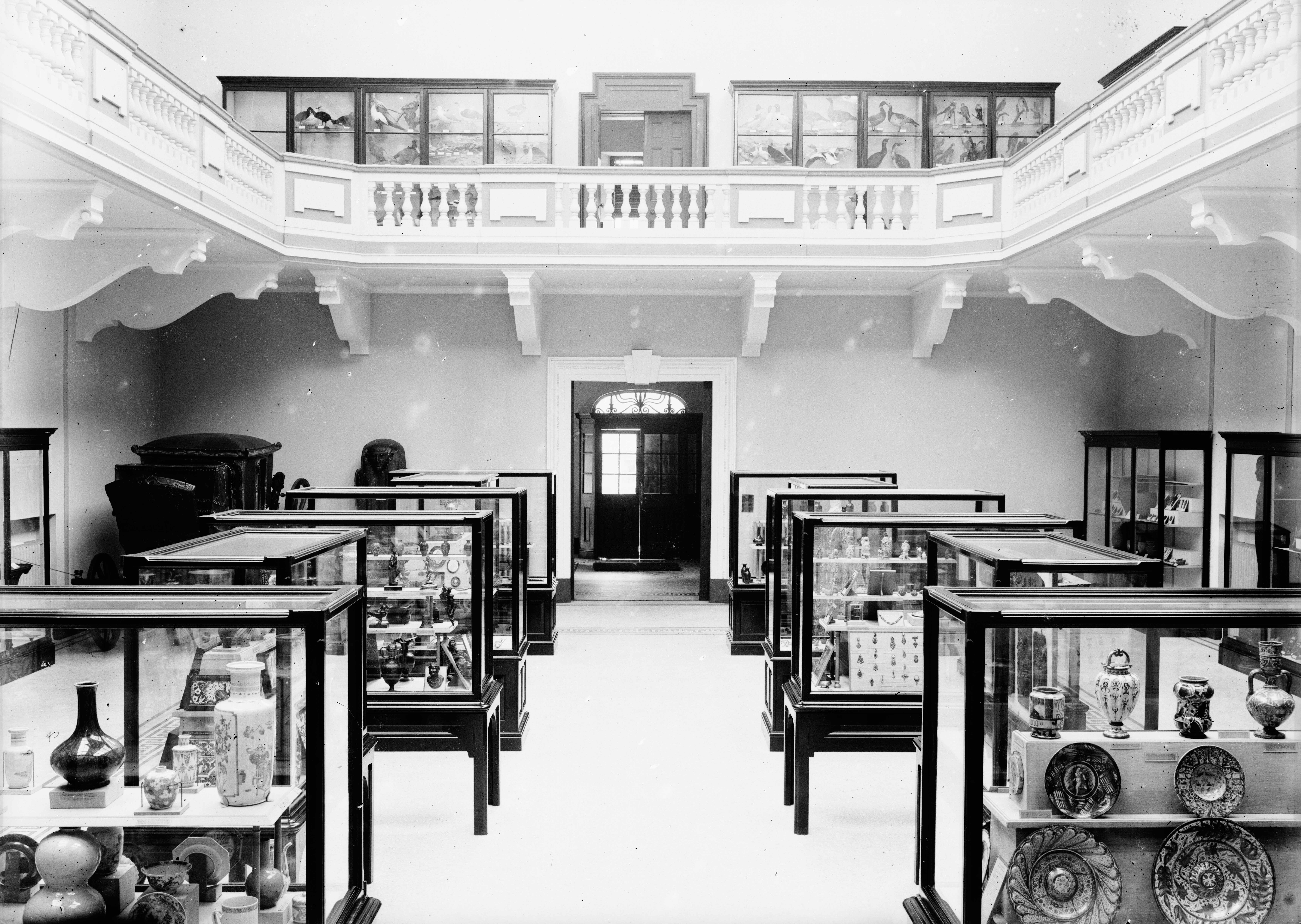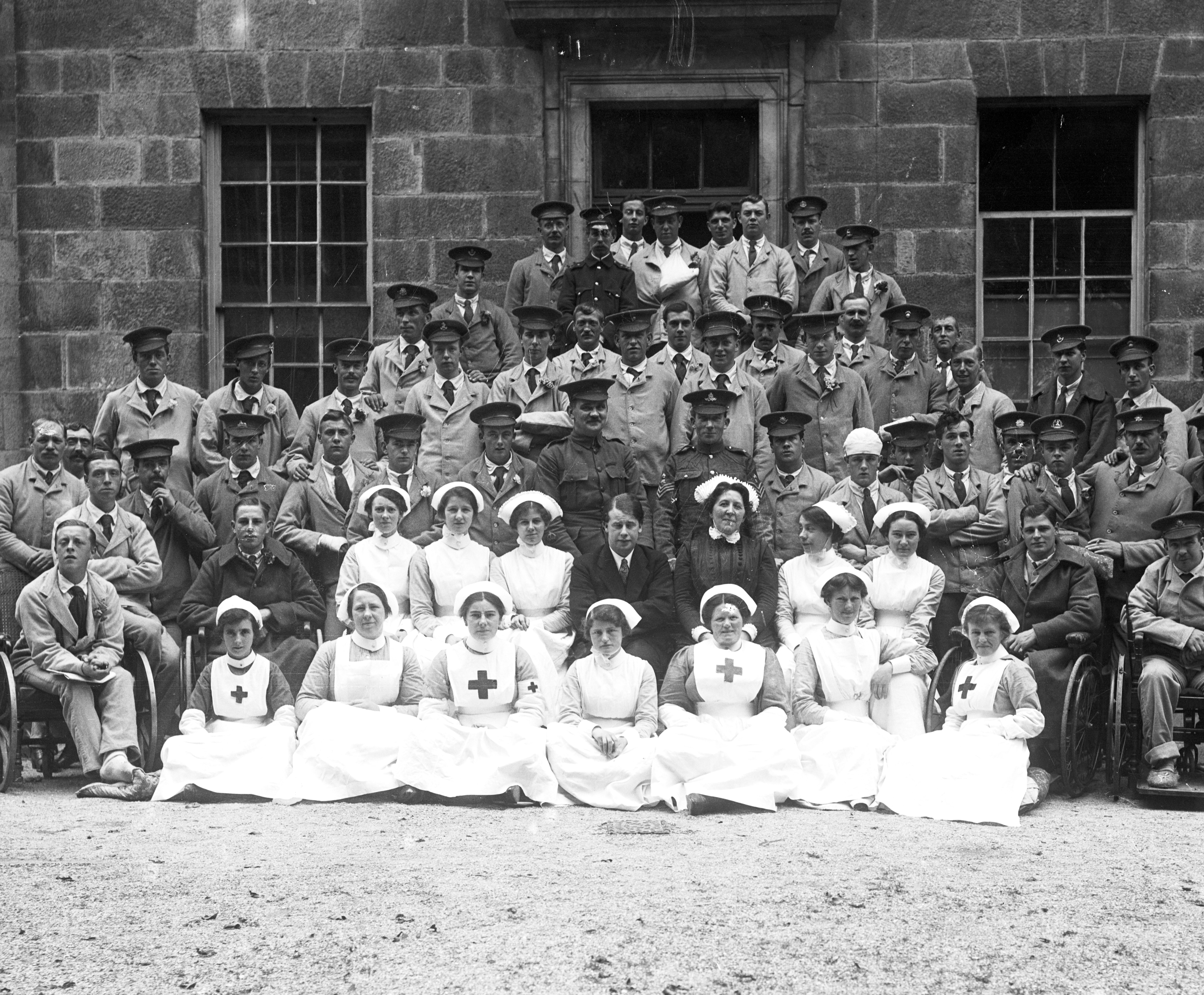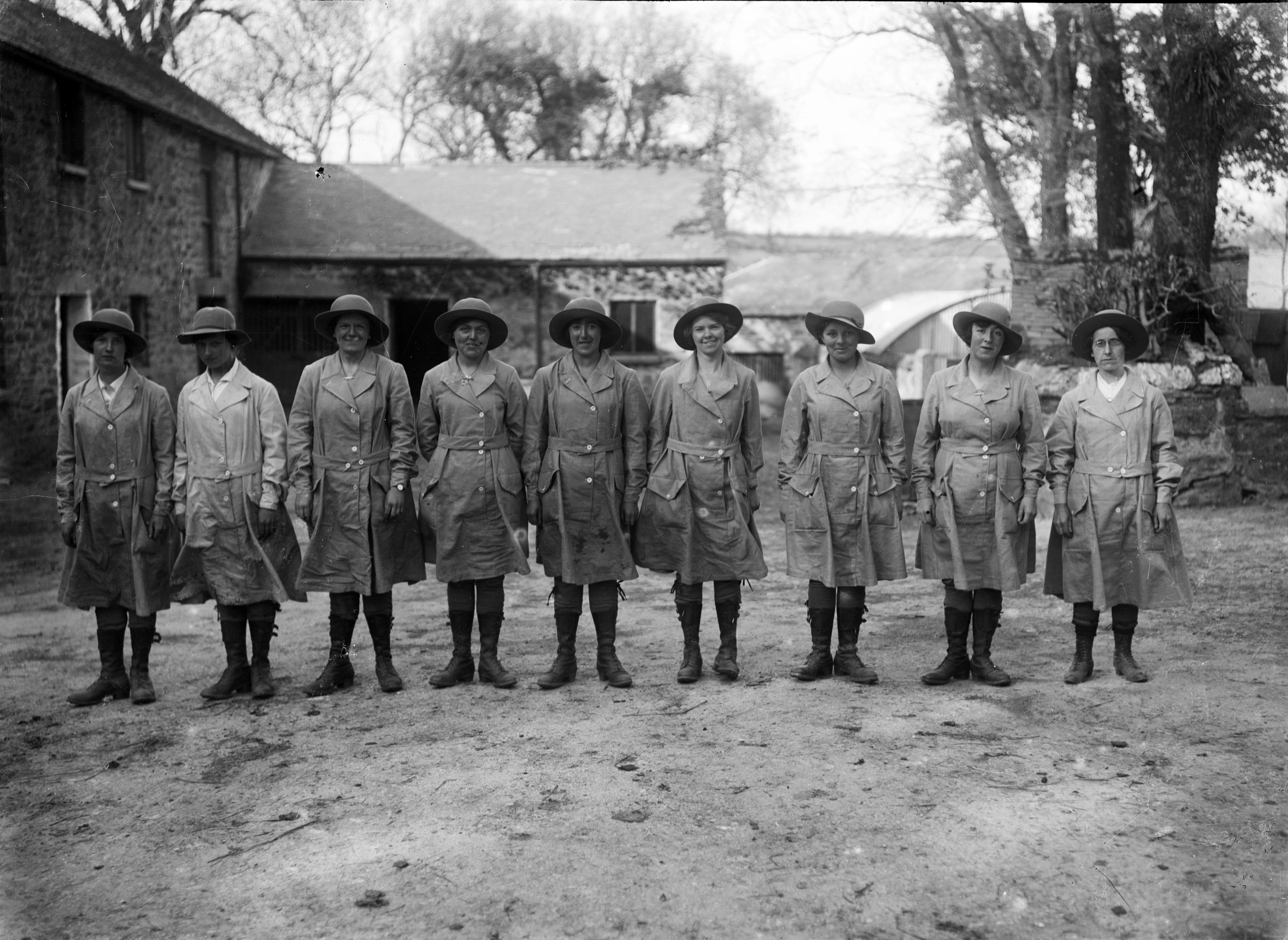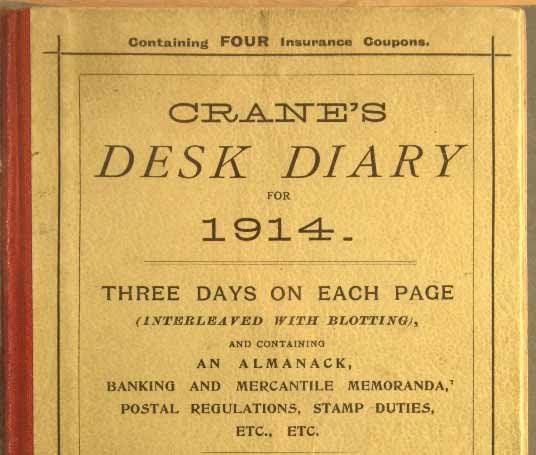‘Flag Day’ Digitised Image
In Britain a ‘flag day’ marks the time when people can go out onto the streets and raise money for a special occasion.
The very concept of a ‘flag day’ is attributed as the brainchild of writer and philanthropist Agnes Brysson Inglis Morrison of Renfrew, Glasgow. Wanting to aid in the war effort, Mrs Morrison sought to hold a “street collection” that “…would raise a large sum of money in the least possible time with a minimum of expense”, deciding “that no more suitable emblem could be sold than the Union Jack”. Paper flags, and a variety of merchandise such as ribbons, postcards, stickers and buttons – all laden with images of flags – were sold in order to raise money for the war effort.
In the photo pictured above a woman, noted as holding a flag day to collect for ‘Lady Day’ celebrations, appears to be gifting a soldier with a sticker to thank him for his donation to the collection, taken on Boscawen Street in Truro in 1916. It is likely that a celebration of hope and new life, such as that of Lady Day, was very much needed in the midst of the First World War, and that collections from flag day’s like this provided troops and their families at home with the faith and strength that was required of them to successfully win the War.
For many hundreds of years, the celebration of Lady Day was incredibly important to British people. The festivities were held on the 25th March every year, which many Christians believe to mark the day on which the angel Gabriel announced to Mary that she would bear baby Jesus just nine months later, on Christmas Day. Lady Day was so important in the past that up until 1752, New Year’s Day was celebrated on March 25th instead of January 1st, and even now the financial year in Britain begins and ends just a few days later.
Lady Day also falls close to the Spring equinox, which marks the point in which day and night are of equal length, with the sun strengthening each day. Due to this, it was thought of as a time of change, a time that symbolises the strength of the sun, and for Christians the strength of Christ, in overcoming darkness to provide warmth and new life in the Spring.
Digitised image chosen by Abbie Guest, Citizen Curator.





